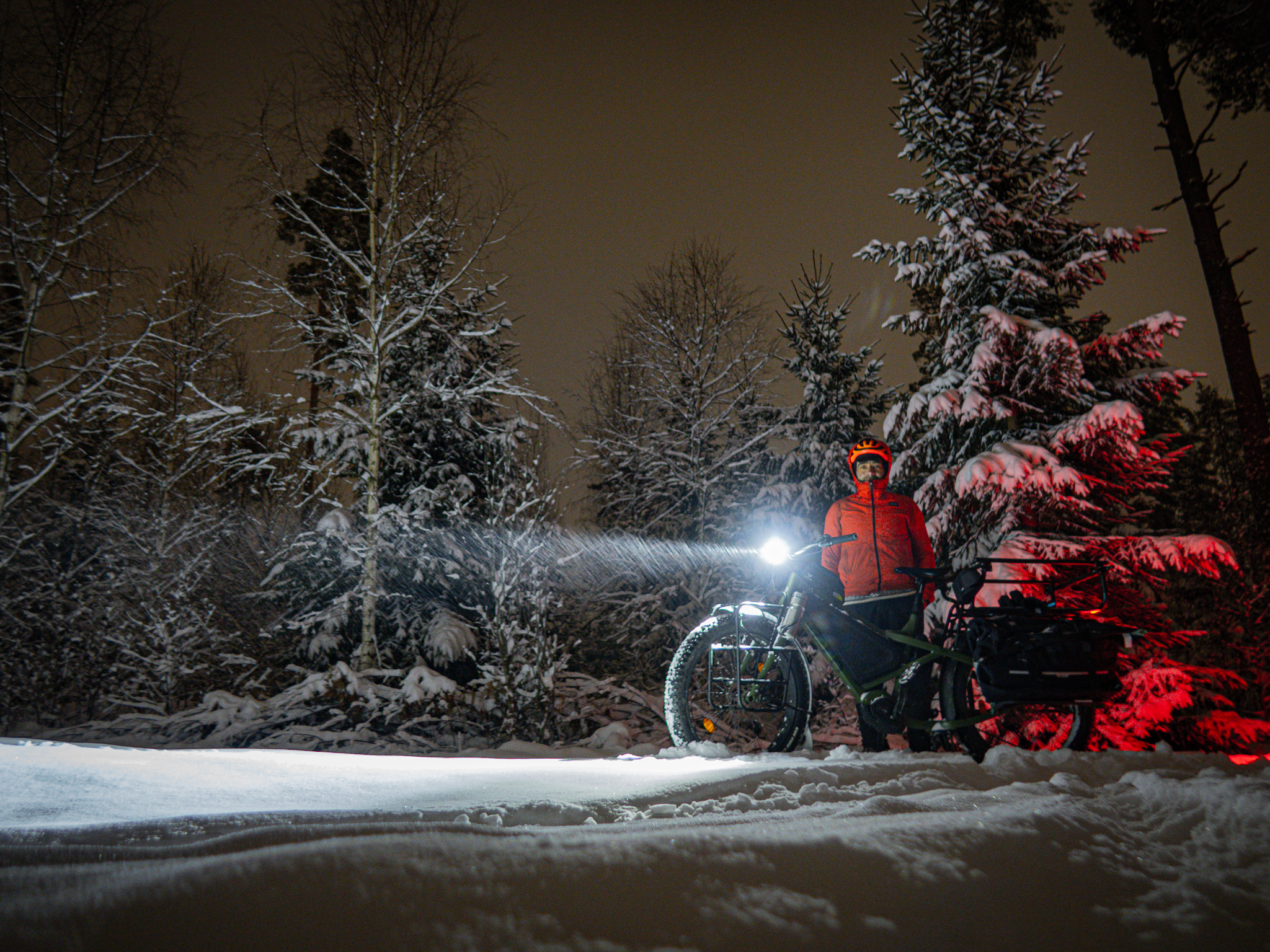I have spent a bit more than four weeks in Norway now, preparing for an upcoming bikepacking trip in winter conditions on my Tern Orox. While most areas in the UK don’t get nearly as much snow and ice, there are still days each winter when you have a good chance to try winter riding. And even without snow and ice, cycling through winter has many benefits for me, so hopefully this blog is inspiration and practical advice at the same time, to inspire you to cycle more.
I am using two bikes for winter riding here – one is my Sonder Camino gravel bike, the other is a Tern Orox S12 e-cargo fat bike. While those are very distinct bikes – there is not much difference when it comes to getting the bikes winter ready.
Here are a few things I would recommend when it comes to the bike.
Make sure your bike works
Important in all seasons, but even more important in winter – your bike needs to be in good working order for any ride in winter. Fixing something in wet, snowy or dark conditions is no fun, even if you are a professional. Check your drivetrain for any wear, make sure all batteries on the bike for electronic shifting are properly charged, and regularly check your tyres and brake pads.
Getting the right tyres makes a huge difference
Your tyre choice depends on your most challenging riding conditions: For riding in countries like Norway, where temperatures often go below zero, the only choice is studded tyres. Those come in all sorts of variations, my choice now is the Schwalbe Marathon Winter Plus in 2 inches. I will soon test the 45NRTH Gravdal, a more lightweight winter gravel tyre in 45mm. Both have 240 studs, and I would not recommend going below that. The more studs the better – if you can fit a bigger tyre, I would recommend that.
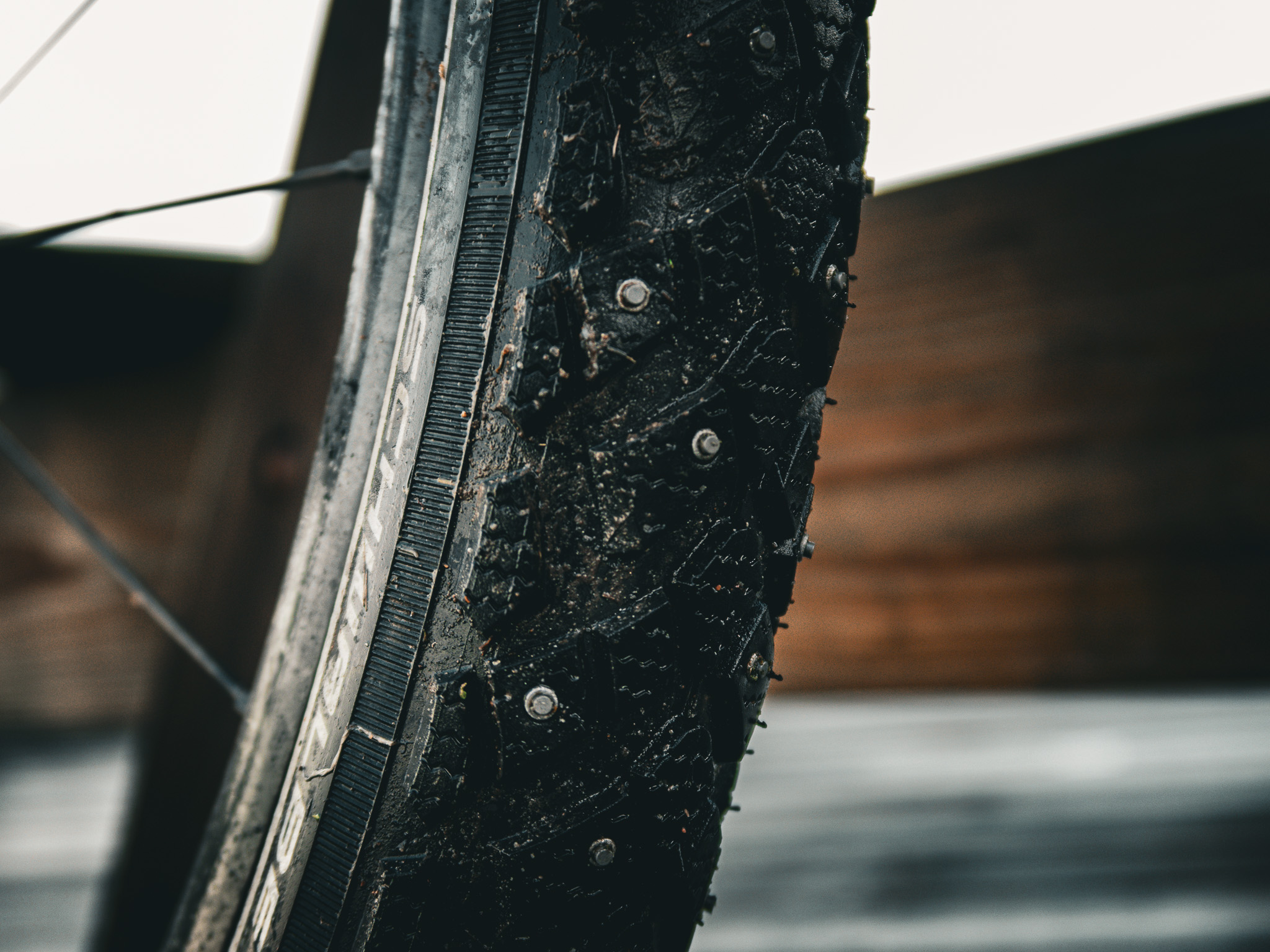
Good lights are essential
Regardless of where you are in the winter months, there is less daylight to ride in. Good lights keep you riding in the dark, but they also add to rides in the daylight. It is easy to get caught out in winter – some routes take way longer than estimated, and lights that are bright enough to make you visible and provide enough light for you to confidently ride are that extra piece of mind that makes winter cycling more enjoyable and safer. If your budget allows – good lights are an investment that will keep you riding more and longer. Exposure lights, my most common choice, can also be repaired.
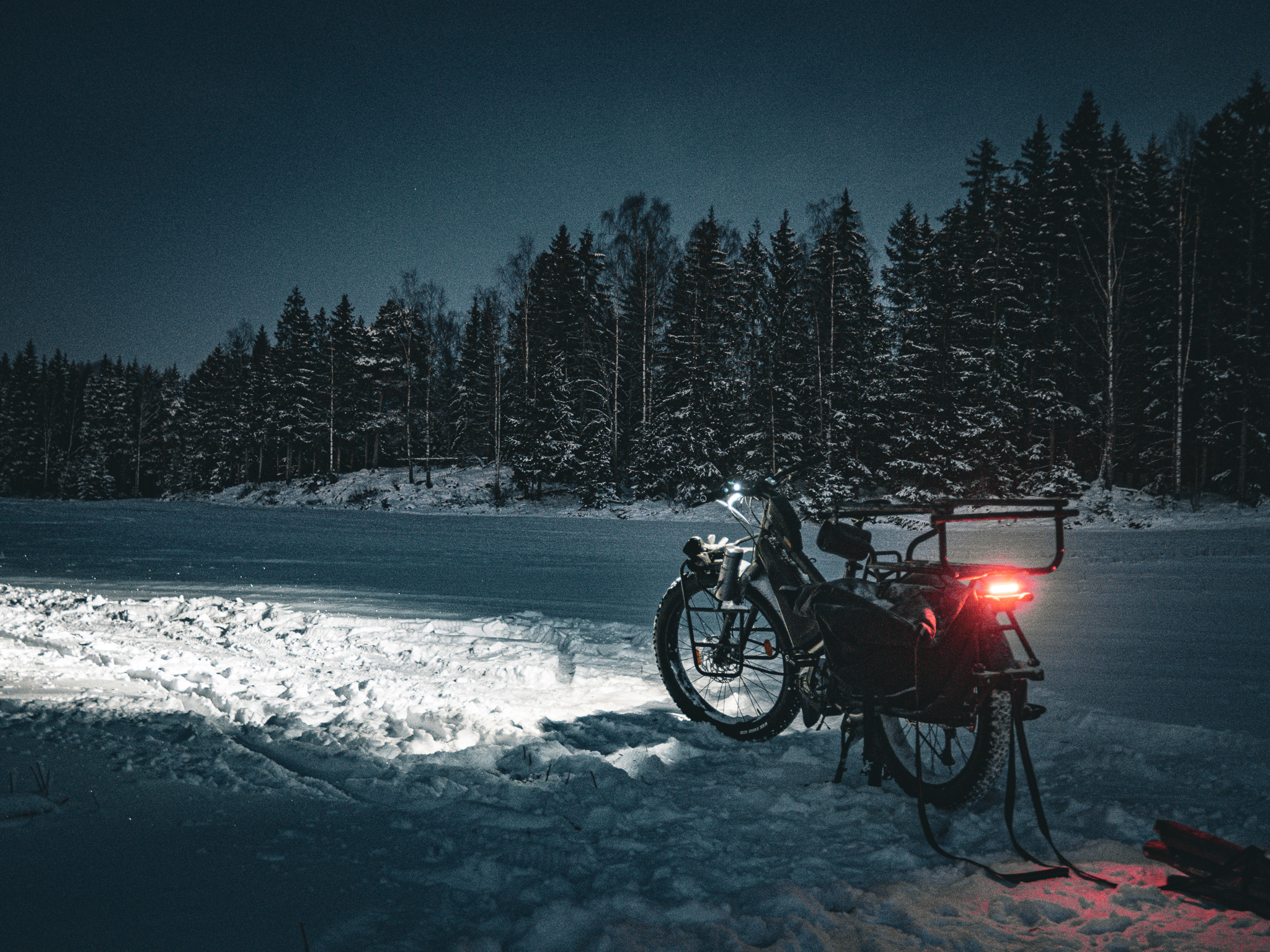
Flat pedals excel in snow and ice
While I love riding with clipless pedals most of the time, in winter I prefer to have the choice to use both options. In snow and ice both pedals and cleats can ‘ice over’ – which means you end up with a lump of ice on your pedal and the cleat, and both no longer work. For my gravel bike I use pedals which have cleats on one side and are flat on the other side. For the cargo bike I use flat pedals all the way.
But the bike is just one thing, and even the best prepared bike does not cycle by itself. Preparing for an upcoming winter trip also included getting myself in the right mindset, so the next set of tips is about getting winter ready in your head.
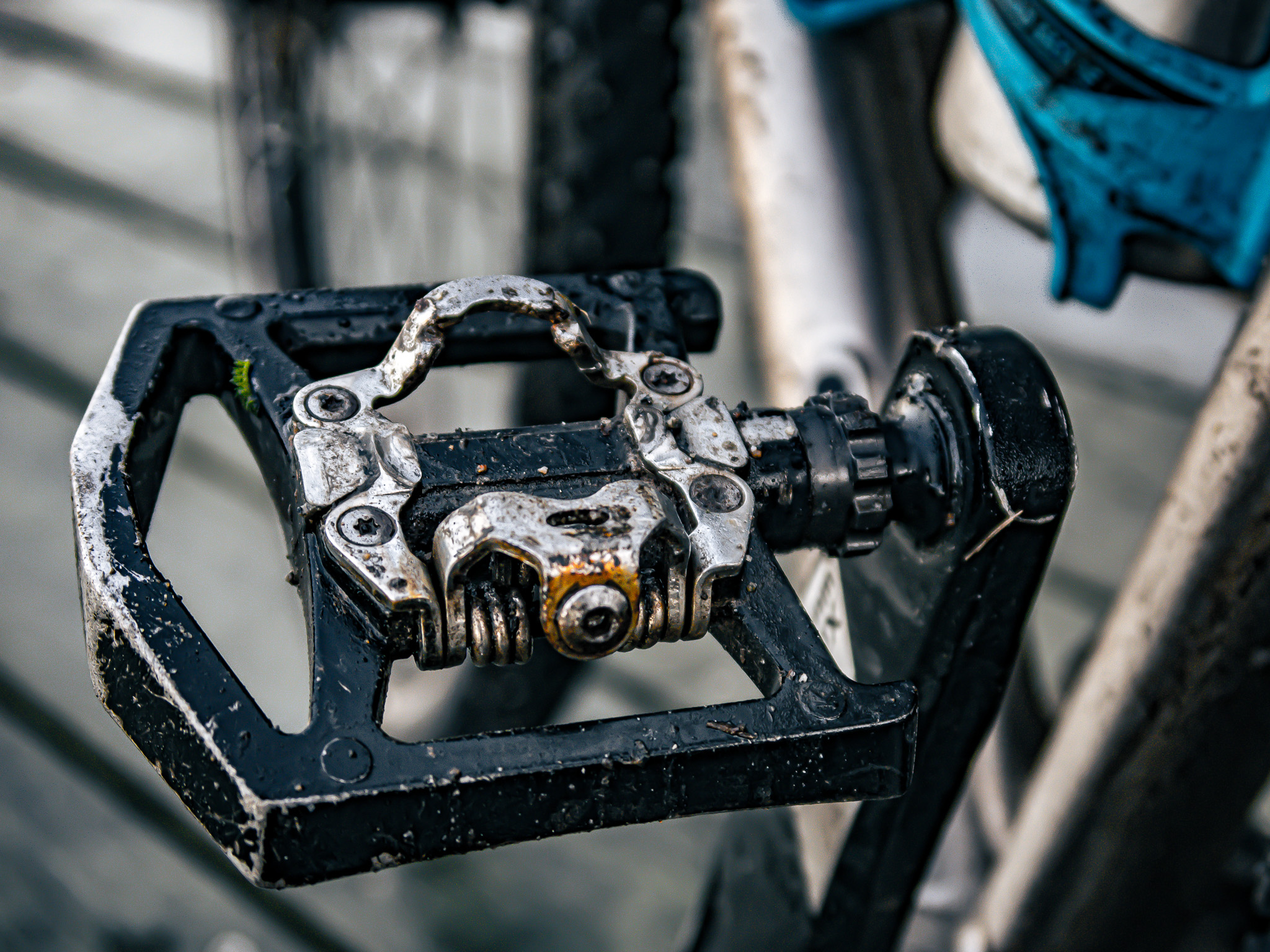
Less is more
I prefer shorter rides in winter. Just getting on the bike when it snows can be an achievement, and I leave the long rides for warmer days. You can complement your riding with turbo trainer sessions, or as I prefer, do many short rides instead. I completed the Festive 500 this year by adding all my shorter rides up, and it was fun.

Think positive
It makes a huge difference if you approach any cycle ride in a positive mindset. It might be cold, and the weather might be challenging – but you will have earned the coffee or hot chocolate afterwards. I like to think about cycling as joy, not pain, and the same applies to my winter rides. I have joined the Oslo Dawn Patrol a few times now while riding in Norway, and a 4am start at minus 5 is hard. However, the sense of achievement and the opportunity to meet and chat to like-minded people makes multiple times up for the discomfort. If you are in Scotland, try the Edinburgh Dawn Patrol, or start your own!
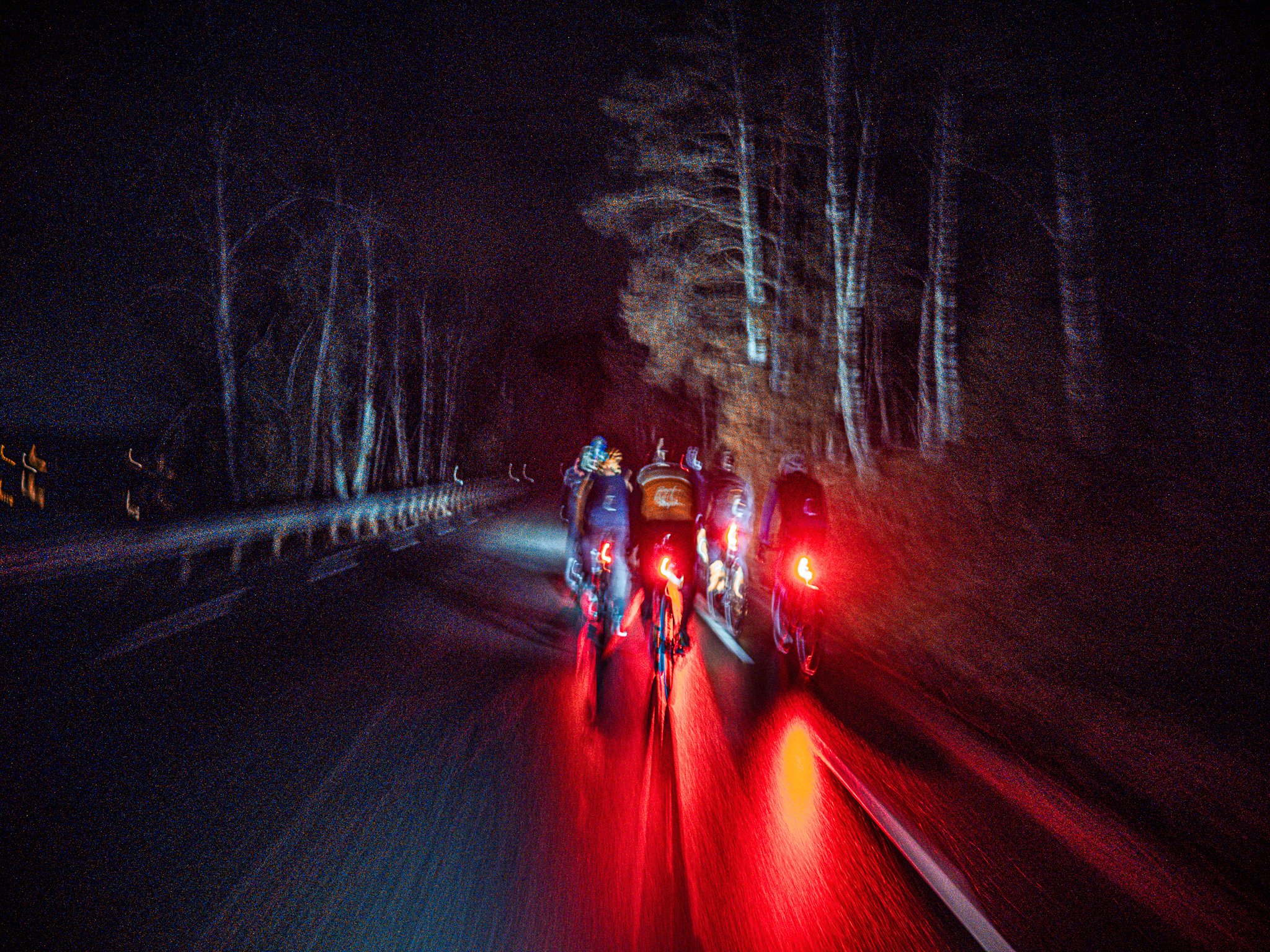
Use your own experience, not others
This applies to pretty much all cycling for me. Being able to rely on your own experience makes winter riding easier. While preparing for my next winter bikepacking trip, I have practised different scenarios – pushing a heavy bike through deep snow, riding through deep snow, negotiating icy roads, riding through technical muddy terrain – the list goes on. If you isolate those scenarios and keep the risk controllable, you can draw on your own experience if things become tough and everything happens at once. Having the peace of mind that I can deal with adverse conditions is hugely important.
If your bike is ready and your head is in the right place, good clothing choices can make a big difference too! The last part of my preparation is selecting the right kit to ride in. Here are a few recommendations.
Layer up with natural materials to avoid sweating
One item that has proven useful while riding in Norway has been my wool jumper. Like the gloves, it is a bit larger than what I would normally wear, so there is room underneath to fit extra layers where needed. While I use my tight-fitting riding tops as well, I sweat much more in them. Merino wool is great as a base layer but also works well for hats and gloves. I have two sets of hats – a thinner merino hat for temperature just below zero, and a heavier 45NRTH cap, which also covers my ears.
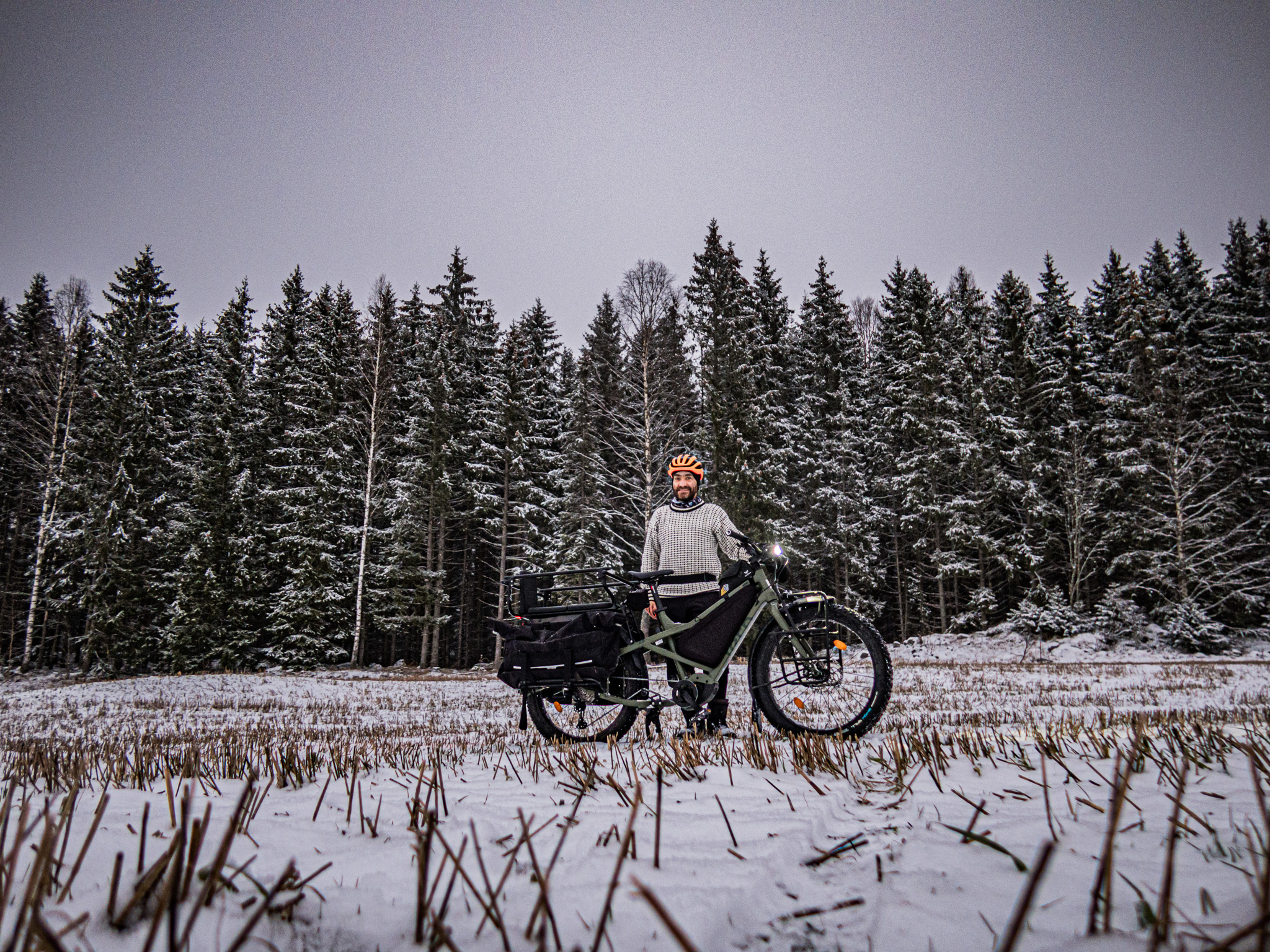
Waterproof socks and winter cycling boots are better than overshoes
I used to shy away from waterproof socks but have been converted. As with many products, there are multiple options out there, my choice has been Dexshell socks in various thicknesses. Like with gloves, a little bit of extra room is beneficial, as you can wear a thin wool sock underneath to add extra insulation. While I use overshoes in summer, in winter I only use proper winter cycling boots. For very extreme conditions I use the 45NRTH Wolvhammer. Lake has a good range of winter cycling shoes in their portfolio as well. If you only ride occasionally and don’t want to spend a small fortune on winter boots, either use your hiking boots, or use thermal insoles, which provide more insulation than normal soles.
I hope those tips encourage you to keep cycling through the colder and darker months. When I look back at most of my cycling adventures, some of the rides in winter have been the most enjoyable and most memorable.
Air provides insulation
I have tested many gloves so far – and still struggle with cold hands from time to time. If you plan to use gloves for winter cycling, buying a size larger is a good idea. It will give you more space to fit additional liner gloves in there. But having a bit of air also provides better insulation as well. For cold temperatures, lobster gloves are a good choice. And while you probably don’t need them often in the UK, bar mitts or pogies are even more effective to keep your hands dry and warm. If riding in rain or wet snow, bring at least one pair of extra gloves, to avoid having to ride with soaked gloves.
